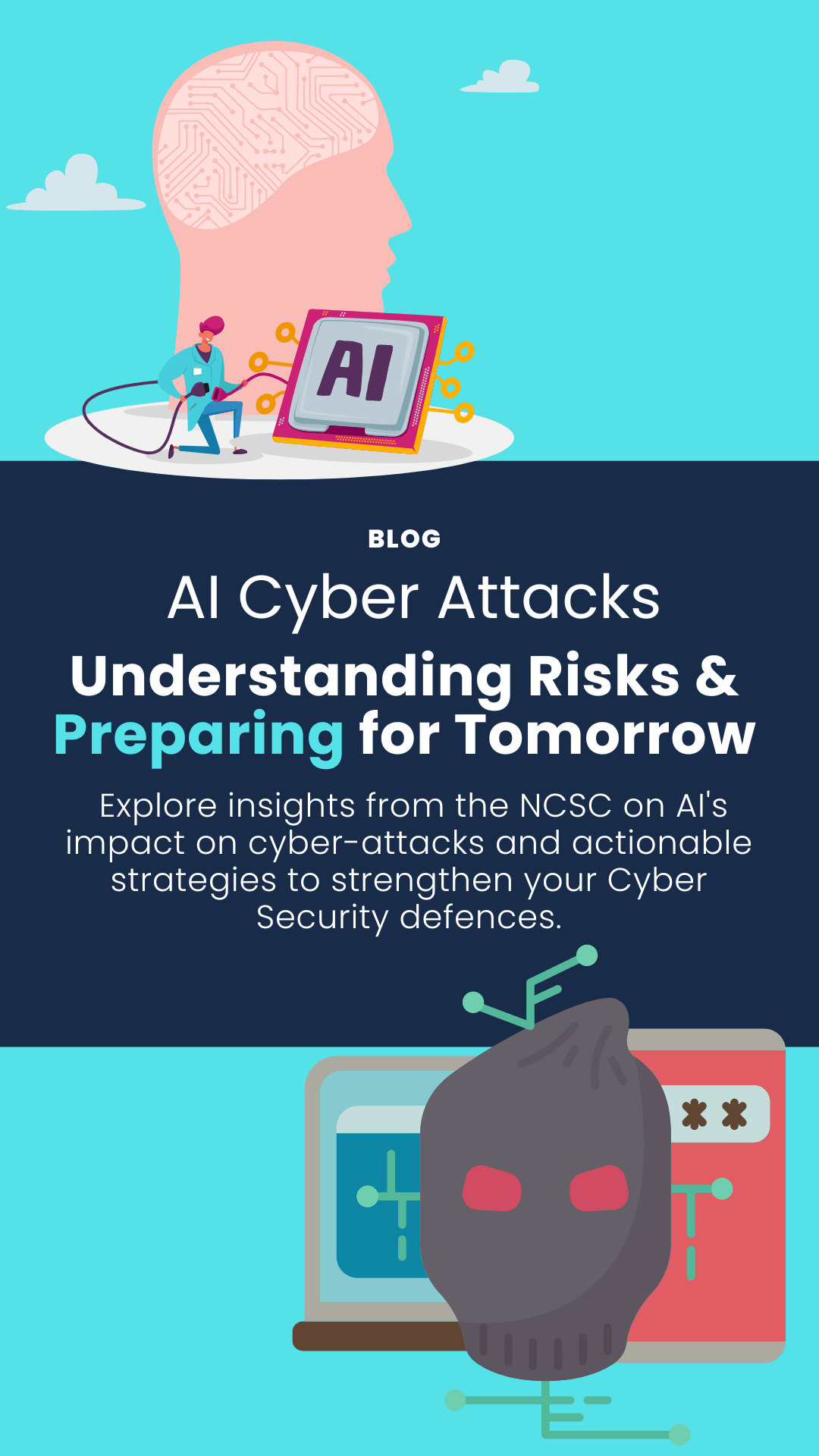Coming second to the illegal drugs trade, cyber-crime has flourished as an industry and as long as there is the internet to feed it, cyber-thieves will not stop their hungry eyes trawling through cyberspace to find what they are looking for. Data.
Coming second to the illegal drugs trade, cyber-crime has flourished as an industry and as long as there is the internet to feed it, cyber-thieves will not stop their hungry eyes trawling through cyberspace to find what they are looking for. Data.
Cybercrime is an industry that is thriving with a staggering 43% of companies having experienced a data breach in the past year. Many images in the media suggest that cyber-criminals are people hacking into computers from their bedrooms. However, this is a misconception. Cyber-crime is an organisation, an industry, an occupation.
Many of us often assume that the term ‘cyber-crime’ means the stealing or the fraudulent activity surrounding financial data. However, cybercrime does not only include financial data but any information that is valuable to you that a criminal can exploit for their own financial gain. This can range from customer data to intellectual property.
But where did this industry begin and where does it end?
Cyber-crime was born with Morris Worm, a graduate student from MIT, in the 1980’s. Though the worm he constructed was intended to gauge the size of the internet and was not written to cause damage, faults in the code caused multiple intrusions of systems which resulted in them slowing down eventually to an unusable condition. This was just the start of a revolution of cyber-crime. One of the first high profile hacks occurred in 1985. Two journalists stumbled across administration details for the UK’s Prestel system. They published Prince Phillip’s email address and were prosecuted. However they were acquitted as cyber-crime was not covered under UK legislation at the time. As a result, in 1990 the Computer Misuse Act was implemented into legislation.
In the advent of the millennium and the rapid growth of the internet, new ways of utilising it to make money also developed. Spam was no longer only related to canned beef but also encompassed sending unsolicited email promoting products to make money. Following this, cyber-crime-as-a-service manifested through harvesting personal information from infected computers. Many criminals possessed the skills to monetise all the stolen information but were unable to configure the malware. Thus, this gave rise to underground markets where individuals sold their services to those who were able to capitalise on the stolen data. This included the selling of stolen information from reputable companies such as PayPal.
Even today the crime-as-a-service industry is still at large and continuously developing. An example of this is ransomware which uses the spam emails to infiltrate inboxes and spread malware throughout a computer. Personal files will be encrypted by the criminal and the only way for the user to get their files back is to pay a ransom, though it is not guaranteed that the files will be returned.
Cyber-crime now appears in abundance in the news but it is only large companies such as The Carphone Warehouse and Sony who make the headlines. Smaller businesses are often reluctant to report such crimes because the hardships of regaining their customer’s trust and rebuilding their brand image will not be made easier if this is public knowledge. Cyber-attacks in small businesses can be enough to jeopardise the whole business altogether.
The internet provides cyber-criminals with new opportunities and as technology continues to evolve this doesn’t just encompass internet on a computer. The ability to control your heating at home via your smartphone may be convenient for you but it offers even more convenience for hackers who can use this as an open gateway to your data. Only recently was there a cyber-attack using a household appliance. A fridge. Yes, you heard correctly, a ‘smart fridge’ was used as an easy means to perform a data breach along with other everyday consumer gadgets which, in total resulted in 750,000 malicious emails being sent from them in less than a month.
Cyber-crime is evolving fast and growing with the internet of things, such as smart fridges and even a whole smart kitchen reported by the Guardian which you can read here.
However, on the other side of the coin cyber-security is equally evolving. Fast. We are responsible for ensuring cyber-security measures are in place and we must raise employee awareness. We need to be proactive and reactive in a world where technology opens doors for crime to manifest in a new medium.
So as we are entering this ‘smart world’ make sure you stay smart and protect the data most valuable to you. Whether this means implementing a cyber-security strategy or being mindful of the possible threats to your business make sure you are aware that this cyber-war is not over. It is only just beginning.



